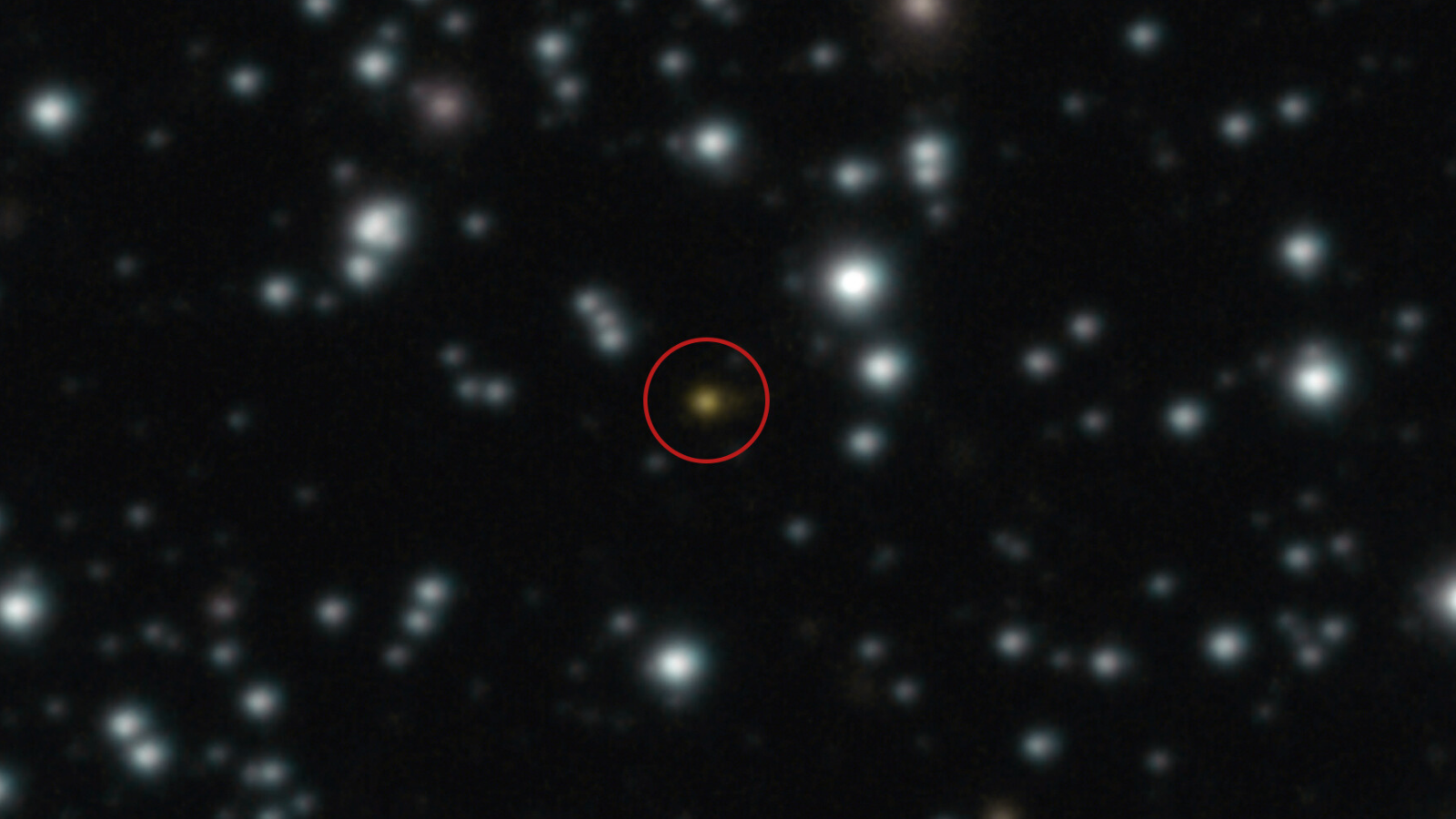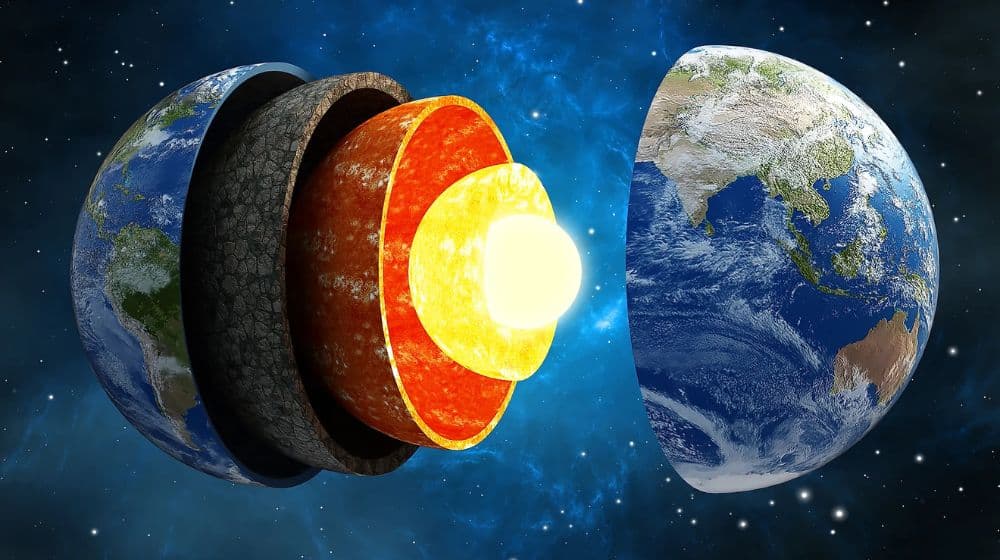Remarkable Discovery of Prehistoric Spider in Australia Reshapes Understanding of Arachnid Evolution

In a remote fossil site located in eastern Australia, researchers have made a groundbreaking discovery of a prehistoric spider that is significantly altering the scientific community's perspective on arachnid evolution across the continent. This remarkable creature existed long after the last dinosaurs had vanished from the Earth, and its impressive size and anatomical features have drawn intriguing comparisons to a formidable predator that may have thrived in a world populated by ancient giants.
The fossil was uncovered at McGraths Flat, an area in New South Wales known for its rich deposits of Miocene-era fossils. It belongs to an entirely new species of trapdoor spider, which has been named Megamonodontium mccluskyi. This extraordinary arachnid measures over 23 millimeters in body length—nearly an inch—and is five times larger than its modern relatives currently found in Australia. Researchers have determined that it stands as the largest fossilized spider ever discovered on the continent, making this find particularly significant.
A Fossil That Alters the Arachnid Timeline
To date, only four spider fossils have been identified throughout Australia, rendering this new discovery remarkably rare. The striking preservation of the fossil allows scientists to closely examine intricate details such as the creature's claws and fine leg hairs, known as setae. This specimen provides a near-complete representation of a creature that roamed the Earth between 11 and 16 million years ago, during the Miocene epoch.
Utilizing advanced scanning electron microscopy, the research team was able to recognize unique characteristics that link M. mccluskyi to the modern family of trapdoor spiders known as Barychelidae. These spiders, sometimes referred to as brush-footed trapdoor spiders, are predominantly found today in the rainforests of Papua New Guinea and Southeast Asia. The presence of a relative of this spider in ancient Australia hints at the existence of similar rainforest environments that likely covered vast areas of the continent millions of years ago.
“This is the first fossil of the family Barychelidae that has been found worldwide,” stated Dr. Robert Raven, an esteemed arachnologist at the Queensland Museum and a co-author of the study. “Not only is it the largest fossilized spider to be found in Australia, but it is also the first fossil from this family that has ever been discovered.”
Rainforest Clues in a Parched Landscape
The fossil was recovered from the McGraths Flat site, situated near Gulgong in central New South Wales, which has become renowned for yielding numerous Miocene-era fossils in recent years. In stark contrast to today’s open grassland, this region was once part of a lush, temperate rainforest during the spider’s existence.
Dr. Matthew McCurry, a paleontologist associated with both the University of New South Wales and the Australian Museum, elaborated on the significance of such fossil sites by describing them as ecological time capsules. “Only four spider fossils have ever been found throughout the whole continent, which has made it difficult for scientists to understand their evolutionary history,” he noted. “That is why this discovery is so significant.”
The transition from a rainforest ecosystem to grassland is believed to have contributed to the extinction of species such as M. mccluskyi. As Australia underwent a gradual process of aridification over millions of years, the climatic conditions required to support rainforest-adapted species declined, pushing these organisms toward extinction or confining them to increasingly shrinking habitable zones.
A Glimpse Into Australia’s Biological Past
McGraths Flat continues to serve as a vital source of information regarding the ancient ecosystems of Australia. Alongside M. mccluskyi, scientists have unearthed exceptionally well-preserved fossils of plants, insects, and various arthropods. In many instances, the fossil remains retain subcellular structures, which provide unique insights into the physiology and environmental conditions of long-extinct organisms.
These significant findings enable researchers to map the climatic shifts that have occurred across geological eras in Australia. The spider fossil, in particular, underscores the impact that climate change can have on biodiversity. By placing M. mccluskyi within the broader context of Miocene life, scientists aspire to develop a more comprehensive understanding of how species adapt to extensive environmental changes over time.
The detailed study was published in the esteemed Zoological Journal of the Linnean Society and co-authored by Dr. McCurry, Dr. Raven, and Dr. Michael Frese, a scientist who specializes in fossil imaging techniques.



























